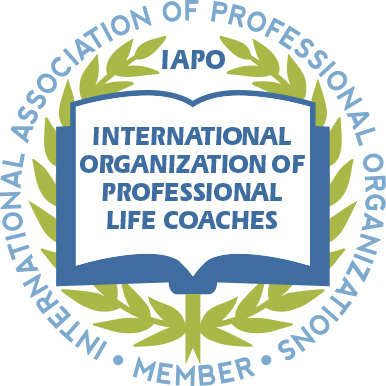April has been designated as Stress Awareness Month. The intent of this global month-long event is to improve understanding of the causes and symptoms of stress, as well the importance of prioritizing stress relief and mitigation as part of a healthy lifestyle that includes generous levels of mental self-care. Today we cover the topic of how to breathe properly to help manage stress.
How to Breathe: The Basics
Breathing is something we do naturally without giving it much thought. However, did you know that most of us do it wrong? And that proper breathing techniques can have a significant impact on our health and overall well-being? In fact, relearning how to breathe can be a game changer for our mental, emotional and physical health.
Before we delve into the benefits of proper breathing, let’s start with the basics.
Breathing is the process of inhaling oxygen and exhaling carbon dioxide.
It is essential for supplying oxygen to our body’s cells and removing waste products.
But breathing is more than just a basic necessity; it can be used as a tool to enhance our physical and mental well-being.

How to Breathe Properly: The Physical Benefits
Proper breathing techniques can have numerous physical benefits.
When we breathe correctly, we allow for maximum oxygen intake, which improves our lung capacity and strengthens the respiratory muscles.
This, in turn, leads to improved cardiovascular health and increased energy levels.
Moreover, deep breathing stimulates the parasympathetic nervous system, promoting relaxation and reducing stress.
It can also lower blood pressure and improve digestion.
By incorporating proper breathing into our daily routine, we can enhance our body’s overall function and boost our immune system.
The Mental and Emotional Impact
Breathing techniques not only have physical benefits but also support our mental and emotional well-being.
Deep breathing activates the relaxation response, which helps reduce anxiety, improve focus, and induce a sense of calmness.
When we breathe deeply, we send a signal to our brain that we are safe, allowing us to shift from a state of fight-or-flight to one of relaxation and balance.
This can be particularly beneficial for individuals dealing with stress, anxiety disorders, or even insomnia.
How to Breathe: Practical Exercises
Next, let’s explore a few practical exercises to incorporate into our daily routine:
- Diaphragmatic Breathing: Lie down or sit comfortably. Place one hand on your chest and the other on your abdomen. Breathe in slowly through your nose, allowing your abdomen to rise as you fill your lungs with air. Exhale through your mouth, feeling your abdomen lower. Repeat for several minutes, focusing on the sensation of your breath.
- Box Breathing: Inhale deeply through your nose to a count of four. Hold your breath for a count of four. Exhale slowly through your mouth to a count of four. Hold your breath for a count of four before starting the cycle again. Repeat this exercise for a few minutes, feeling the rhythm of your breath.
- Alternate Nostril Breathing: Sit comfortably and place your left hand on your left knee. Bring your right hand to your face and use your thumb to close your right nostril. Breathe in deeply through your left nostril. Close your left nostril with your ring finger and exhale through your right nostril. Inhale through your right nostril, close it, and exhale through your left. Repeat for several minutes, alternating nostrils.
Incorporating proper breathing techniques into our daily life can have a profound impact on our health and well-being.
Take a moment, focus on your breath, and experience the benefits it can provide.
Thank you as always for reading.
If you haven’t yet subscribed, please visit KindCompassCoach and enter your email address so you never miss a post.
As Amazon Associates, we may receive a small commission (at no cost to you) for items purchased through links in this post.

Joan Senio is the founder of KindCompassCoach. Joan’s career includes clinical healthcare plus 20+ years as an executive in a nationwide health care system and 15 years as a consultant. The common threads throughout Joan’s personal and professional life are a commitment to non-profit organizations, mental health, compassionate coaching, professional development and servant leadership. Joan has had the privilege of mentoring early and mid-career professionals as well as current and future executives and leaders. She is a member of the International Organization of Life Coaches, serves as a thought-leader for KuelLife.com and is also a regular contributor to PsychReg and Sixty and Me. You can read more about Joan here: Joan Senio.





One Response
I am familiar with what you are talking about-amd value it–and am happy that the Mayo Clinic talks about the importance of “Belly Breathing.”